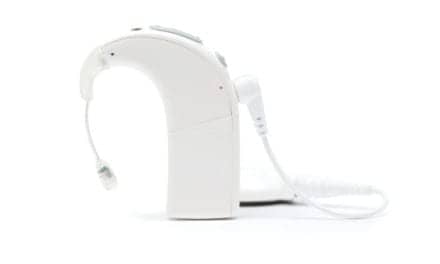Burnsville, Minn — Recognizing a need for consumers to understand the role audiologists play as health care providers, AuDNet Inc has released the Hearing and Balance Report for consumers.
“Most people don’t think to see an audiologist when they or a loved one has a hearing issue,” says AuDNet Inc Vice President Greg Frazer, AuD, PhD. “Instead, they think: ‘I need to see my family doctor,’ or worse, ‘I can buy a hearing aid on the Internet.’ This easy-to-understand report educates consumers about when and why it is important they see an audiologist.”
Here are the “Top 3 Myths About Hearing Aids” according to AuDNet’s Hearing and Balance Report, and what consumers need to know:
- Myth: Hearing aids are only for old people.
Fact: While many who wear hearing aids are over the age of 55, hearing can be tested at any age. Hearing impaired infants and children are fitted with hearing aids to assist with normal speech and language development as well as learning in school.
- Myth: All hearing aids are the same. If my friend prefers one kind to another, I can make the same choice and have all my needs met.
Fact: Hearing aids come in different sizes, styles, technologies, and price points that are intended to meet specific needs. Hearing aids are not “one size fits all.” It is important to have a professional evaluation from a licensed audiologist.
- Myth: Most people achieve maximum benefit from one hearing aid.
Fact: Hearing tends to decline the same in both ears for the vast majority of people. Binaural hearing or hearing equally from both ears requires two hearing aids, which improves understanding in noise, creates more balanced hearing, and improves ability to localize.
SOURCE: Marketwire




